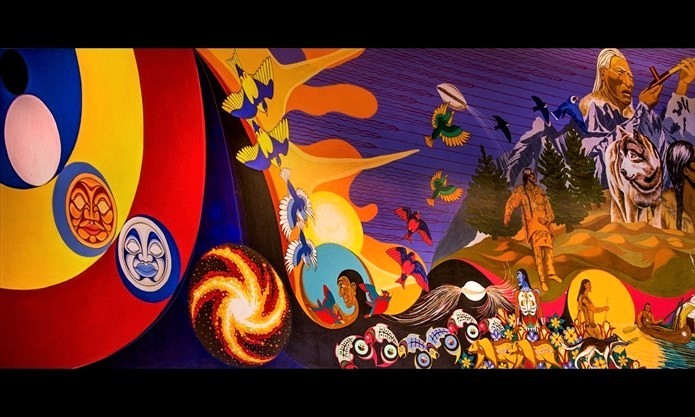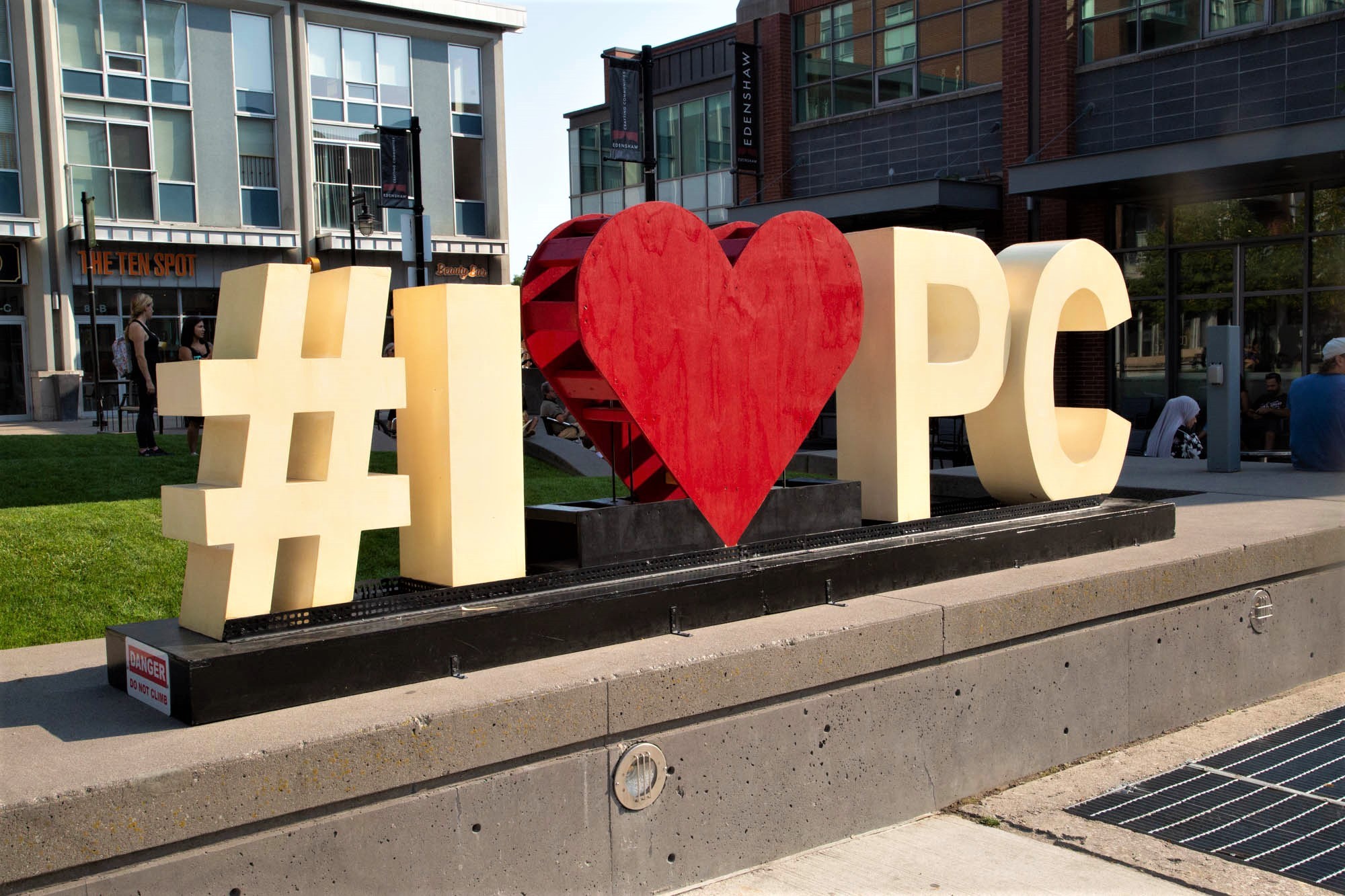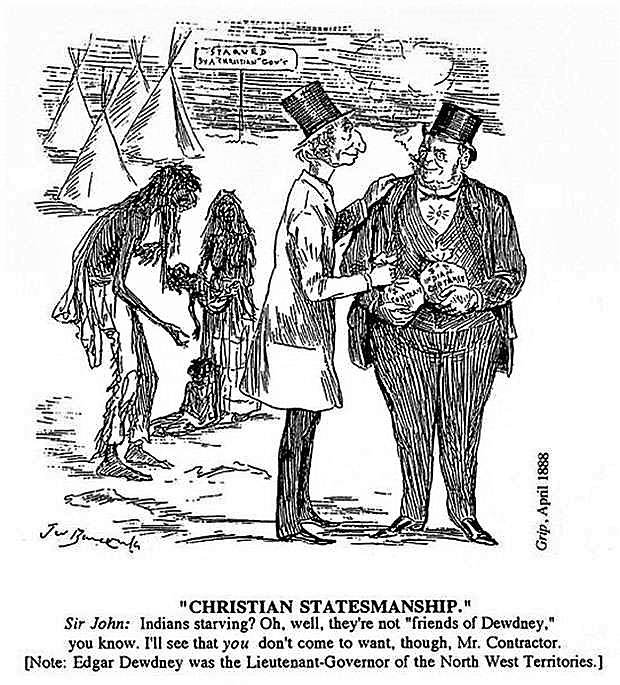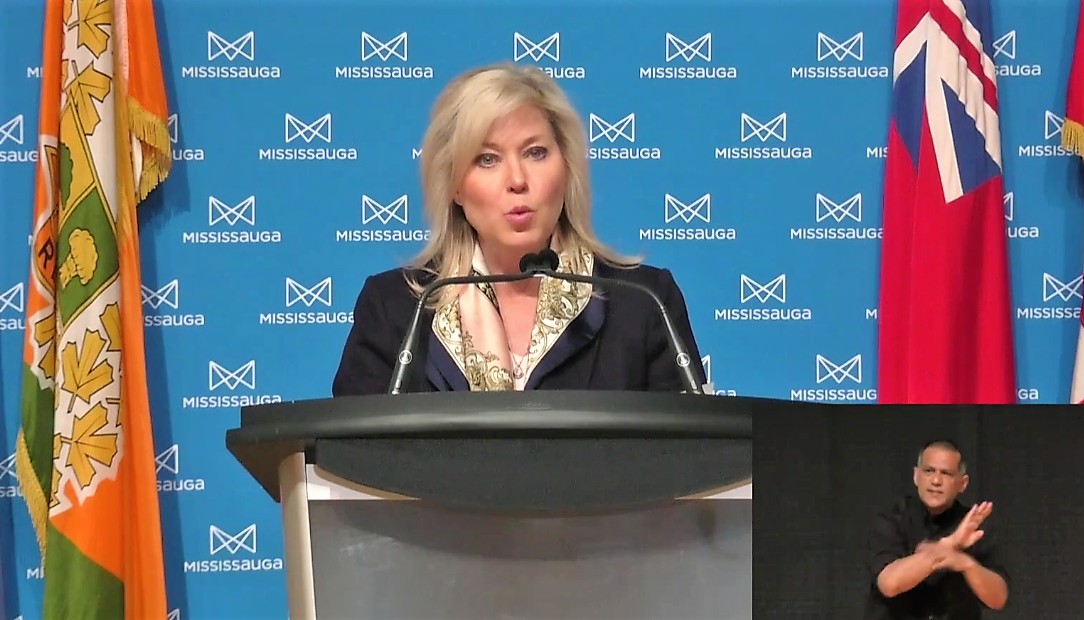
Where The Mississaugas once thrived a city struggles to honour a past that has faded away
This article was orginally published August 23, 2020.
If you prefer to accept the European version of Mississauga’s history, especially in the area now called Port Credit, founded at the embouchure of the Rivière du Crédit and Lake Ontario, civilization began long after the First Nations that formed a crescent moon along the shoreline where The Mississauga had first settled around 1700.
The Anishinaabe word for “River with a wide mouth” is Misi-zaagi and those who lived near such a place were known as Misi-zaaging, from which The Mississauga took their name, after first settling around the mouth of what is now called the Mississagi River, at Lake Huron, west of Sudbury and south of the provincial park named after the river.
They are close relatives of the Ojibwe, and those members who formed the First Nations around the Credit had just driven the Iroquois south of Lake Ontario at the end of the 17th century, settling near the western end of the lake, where The Mississaugas of the Credit established the first ports.

A mural painted by Indigenous artists for the elementary school at The Mississaugas of the New Credit in Hagersville shows the early history
They would eventually control and exercise stewardship over some 3.9 million acres of ecologically sensitive lands including the great lake’s major waterways throughout its basin, extending from the Rouge River Valley westward to the headwaters of the Thames River.
In 1796, John Graves Simcoe was in a canoe on his way back east to his digs in Muddy York (Toronto) when his party was swept ashore by a wicked storm. They headed to the port where The Mississaugas of the Credit lived. It was one of the finest on the lake and Simcoe was taken with it.
According to legend, while resting at the port, Simcoe made a subtle remark that might be construed today as “build it and they will come”. He thought this would be a perfect spot to construct a waystation for rain-soaked travelers. After Simcoe returned to England, his successors picked up on his idea and built the Government Inn (1798) to serve travelers passing through the Mississauga Tract.
A new commercial business sector arose. But there was one nagging problem: the First Nations who had lived off of and protected the land, were in the way.
In 1805, officials from York “purchased” 84,000 acres from The Mississauga that is now the present-day city. Two land treaties were signed and their settlement was eventually shifted north. Later still, they were exiled outright to a First Nations community near Brantford.
In 1834, the first Port Credit marina was constructed. Twenty years later, the port was booming with about 400 people running stores, inns, a blacksmith shop, a school, and a post office. It became one of the busiest ports for shipping, shipbuilding and stops by lake steamers.
The rest is history.
But not one that included much recognition of those who had protected the land for more than a century while European encroachment first threatened one of North America’s most ecologically significant areas.
Any memory of The Mississauga quickly faded away.

Port Credit, like the rest of the city, does not feature the original history of the area
Mississauga’s name today reflects the history of the land it is built upon, but aside from symbolic land acknowledgements at ceremonies and events, residents have few reminders that they live on settled land.
For many, that’s the way they like it.
Critics see land acknowledgements across Canada as the epitome of empty words. Without significant actions to match claims of honour and remorse, all we have are words that drift away as quickly as the smoke.
Outright contradictions by governments, institutions and organizations lay bare the hypocrisy of acknowledgements while the erasure and disrespect of Indigenous and First Nations civilization surrounds us, constantly.
Recently, Mississauga has come under fire for allowing sports teams to use Indigenous logos. Just over a year ago, it resolved to move on from the practice, but the issue remains unresolved.
In 2015, Brad Gallant, an Indigenous father from Mississauga, complained to the City about its use of Indigenous-themed logos and team names at recreational and sport arenas. Gallant alleged the logos and names of various teams, including the Mississauga Chiefs or Lorne Park Ojibwa (now Lorne Park Wild), propagated offensive stereotypes and represented the grotesque caricaturing of First Nations identity.

Brad Gallant, like many others, does not think offensive imagery is used with ill-intent, but he feels the negative impact
In a 2018 agreement the City of Mississauga accepted various terms and pledged to make changes.
As a result, the Ontario Human Rights Commission became involved and thrashed out a deal. The City committed to removing all Indigenous-themed mascots, symbols, names and images from their facilities, along with the creation of a policy for the use of Indigenous images and themes at its facilities. It also committed to supplementing its diversity and inclusion training with material relating to the truth and reconciliation process.
“Mississauga has agreed to take important steps to show leadership and a commitment to reconciliation,” former OHRC Chief Commissioner Renu Mandhane said after the agreement in December, 2018. “This settlement reflects our efforts to bring to light the impact that stereotypes have on Indigenous youth. It also sets a positive path forward for other municipalities to follow.”
More than a year and a half later, the City of Mississauga has yet to fulfil one of its key commitments and the use of Indigenous logos in youth sport continues. The City has failed to introduce an Indigenous element to its diversity and inclusion training.
Lori Kelly, director of human resources, told The Pointer the City has been “diligently working” to find a training scheme for staff. According to Kelly, Mississauga has been unsuccessful because the only available options are “one-size-fits-all”. She explained the City is now working toward a tailored approach, how long this might take is unclear.
“This is a very unique, specific approach with the goal of strengthening our understanding of the history of the Indigenous people in Mississauga and building on the relationships we currently have,” Kelly explained.
One concerned Mississauga staff member approached The Pointer, saying the City’s recent statements of solidarity on the topic of anti-Indigenous racism were little more than platitudes in the context of an inactive administration. The staff member, who asked not to be named, fearing a loss of job security, shared an internal email from 2018 that demonstrates the box-ticking attitude of Mississauga staff.
In the context of a global emphasis on eradicating discimination and anti-Black racism, Mississauga has been guilty of “performative solidarity”, the source told The Pointer. One particular email, the staffer said, shows the City is “very keen” on gestures and not actions.

Indigenous communities have been caricatured for centuries, causing profound damage
In an internal message dated December, 2018, after the City of Mississauga settled its case with Gallant, Shari Lichterman (then director of recreation, now commissioner community services) laid out the terms the City had agreed in its settlement. “We did not agree to anything relating to the use of the [Indigenous] name by the organizations or their uniforms, etc — so business as usual as it relates to the teams playing and practicing in our buildings and wearing their jerseys,” she wrote in an internal email that instructed staff not to offer opinions to customers or the media.
The staff member told The Pointer, instead of naming the anti-Indigenous behaviour and the symbols that represent continued disrespect, the City failed to address the issue to staff at all. Faced with an opportunity to own up to the mistake of perpetuating offensive stereotypes of the very people land acknowledgements admit have rightful claim to the earth Mississauga is built upon, the message underscored areas where no commitment had been made to improve.
In a statement to The Pointer, Lichterman said there was “a great deal of confusion” at the time the message was sent, particularly due to media stories she said misrepresented the promises the City had made in its settlement. “The tone of the email was intended to be clear and direct so that the staff understood the basic terms of the settlement and what was permitted to be communicated publicly (since some terms of the settlement are confidential),” Lichterman said, describing the message as “an operational email”.
The missed opportunity in 2018 to address the hurt caused by Indigenous symbols and not to put in additional effort to parlay with sports teams to press for progressive changes, stands out. More than a year and a half later, in June, 2020, the City of Mississauga passed a largely symbolic motion addressing the issue of both anti-Black racism and anti-Indigenous racism.
The motion threw anti-Black racism, anti-Indigenous racism and discimination together, largely promising to research and consult, but offering little in the way of action. The outstanding issue of addressing organizations such as the Mississauga Blackhawks Hockey Association, something that could have been raised in the motion, was left to one side.
“Everywhere you go, there’s racism, but in Canada the more oppressive racism is Indigenous racism,” Brad Gallant, the man who originally complained about Indigenous mascots in Mississauga, told The Pointer. In an extensive discussion, he highlighted how caricature drawings of Ingenous people, especially prevalent in sport, perpetuate negative stereotypes and subconsciously contribute to systemic oppression. The argument of honouring heritage through such disrespectful displays (often offered by defenders of the practice) he said would not fly with any other minority group. “You don’t own those cultures,” he added.
Frustrated by the settlement process, which Gallant said meant other people told him what he could be offended by, he only laid a small amount of blame at the powers who run the City of Mississauga. Instead, he turned the spotlight on Canadian society and leadership as a whole.
“Do you want this sh*t to be said about your family?” he said, rhetorically. “If you say, no I would not like my Jewish grandfather to be pictured on a wall with a great big nose and the stereotype of Shylock [from William Shakespeare’s Merchant of Venice]. I would not want my Black grandfather to be on the wall with big lips… and these scientifically racist images. It’s not that you’re rewriting history, it’s that you have to reevaluate things constantly.”
The City of Mississauga is not short of anti-Indigenous racism it needs to reevaluate and make amends for. The extensive use of Indigenous logos in its sports facilities — with some young teams still sporting the symbols — is just one example.
The Mississauga Golf and Country Club offers another.

The Mississauga Golf & Country Club logo before it was recently removed
A plaque by the site’s entrance explains the land was originally given by settlers in 1826 to “a band of Mississauga who had recently converted to Christiantiy” to live in a village plot. According to the heritage sign, “pressure from local white settlement and a decline in the Indian population” led to the closing of the village in 1847, when the remaining residents were transported to the Grand River Reserve, now called the Six Nations of the Grand River, after the offensive term “reserve” given by the federal government, was recognized in the ‘80s as being inherently marginalizing.
Before the group of The Mississauga were removed from the land in 1847, Egerton Ryerson was the local Methodist minister to the converted First Nations communities. Ryerson was commissioned during the 19th Century to come up with the system of residential schools used by settlers to commit cultural genocide against the country’s Indigenous children, a long-running system designed to erase their traditional identity.
It is thought Ryerson may even have come up with the model for residential schools while running the Credit Mission on the site of the Mississauga Golf and Country Club. Almost immediately after the ancestors of the original inhabitants were removed from the land in the 1840s, Ryerson wrote his report suggesting the structure of residential schools.
Until recently, the golf club used a cartoon of an Indigenous man with a crooked wooden stick as its logo. It has since been replaced with a feather.
With countless examples of appropriation of Indigenous symbols, not to mention land, in Mississauga’s history, a concerted effort to improve upon a patchy past still seems evasive.
Exactly how to address that history is a complicated topic. Gallant, who takes issue with the NHL franchise’s continued use of the Chicago Blackhawks logo, suggests the banning of teams with Indigenous logos, other than those respectful images used by First Nations communities themselves as a sign of pride, from using recreational sports facilities as a decisive move.
Across the Atlantic, Scotland and Wales suggest other moves. In both the Scottish Highlands and in Wales, road signs and place names are printed in two languages: English and either the native Gaelic or Welsh. The bilingual signs, no different to the English/French signs in Ontario, act as a constant reminder of the areas’ Celtic heritage and a tool to keep those who still speak the traditional tongue alive.
The Pointer approached Mayor Bonnie Crombie about concrete steps being taken inside City Hall to respectfully honour and build on the past.

Mayor Bonnie Crombie says the City is working to better represent and honour its Indigenous beginnings
Crombie made reference to various previously reported measures. She added that an event was being planned to observe Treaty Recognition Week, an occasion to mark the relations between Indigenous people and settlers.
“We are also consulting with Mississauga’s Indigenous communities to determine the most appropriate flag to have present in Council Chambers alongside Canada, Ontario, Regional and Mississauga flags,” Crombie said in an email. The City also recently appointed a manager of Indigenous relations within its culture division. According to the Mayor, the new hire will be part of a team tasked with creating an Archeological Master Plan to preserve non-colonial history in Mississauga.
“We understand that we need to reflect on how we operate, our policies, and procedures and that change is necessary. We are ready and willing to make this change, but it will not happen overnight,” Crombie added.
Email: [email protected]
Twitter: @isaaccallan
Tel: 647 561-4879
Submit a correction about this story


